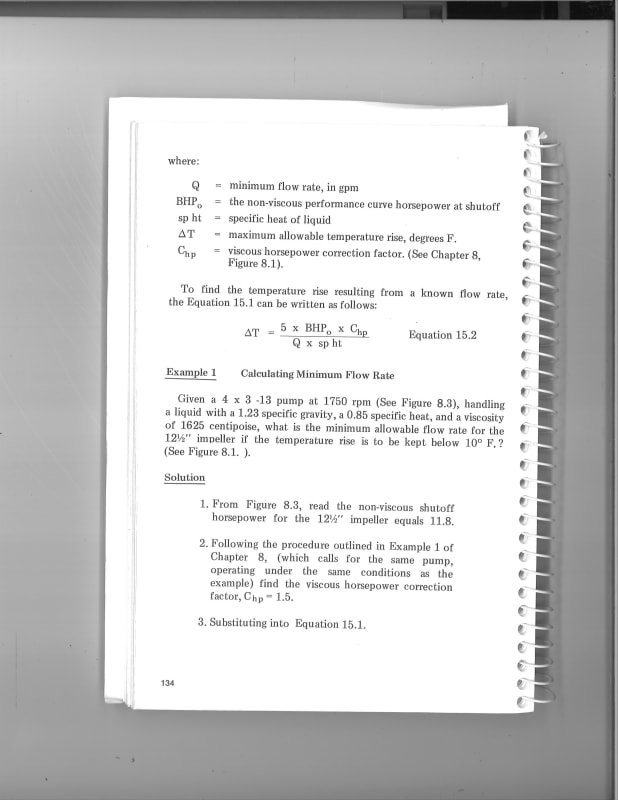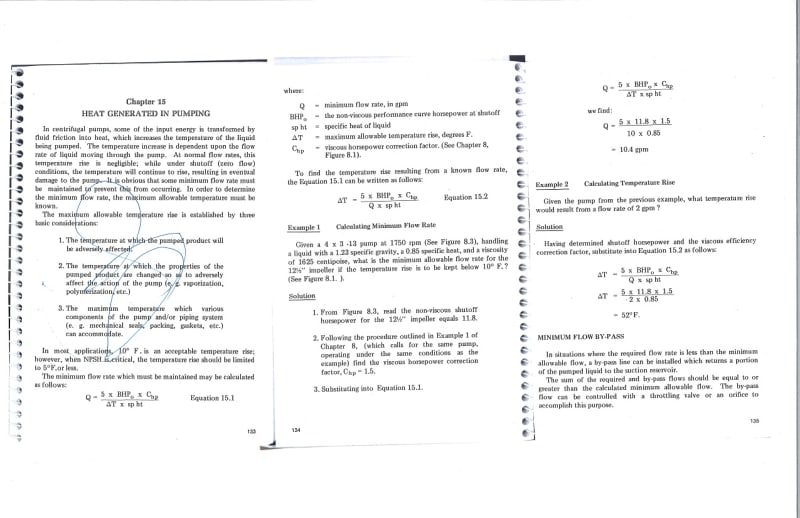Pavan Kumar
Chemical
Hi All,
I would like to calculate the temperature rise in a Centrifugal pump under normal operation. I know it based on the pump efficiency. I would like to get the formula with the units for all the parameters involved so that I can perform a calculation. I am trying to calculate the temperature rise in Boiler Pump which takes suction at 95 Deg C. I would like to provide a minimum recirculation back to the Deaerator tank without flashing the hot water. Please reply asap.
Thanks and Regards,
Pavan Kumar
I would like to calculate the temperature rise in a Centrifugal pump under normal operation. I know it based on the pump efficiency. I would like to get the formula with the units for all the parameters involved so that I can perform a calculation. I am trying to calculate the temperature rise in Boiler Pump which takes suction at 95 Deg C. I would like to provide a minimum recirculation back to the Deaerator tank without flashing the hot water. Please reply asap.
Thanks and Regards,
Pavan Kumar


